In an American or Canadian Reform Synagogue today, about 10-15% of the younger generation of members were not born or raised as Jews.
Almost half of this small minority were formally converted to Judaism by a Reform or Conservative Rabbi (Geray Tsedek). Another third of these people have informally become Jewish by living Jewishly, and being considered Jews by most other Jews, and by themselves (Geray Toshav).
In addition, somewhat less than a fifth of them (mostly men), think of themselves as non-religious fellow traveler Gentiles (Yiray Shamayim). These three categories of non-Jews who have ‘come under the wings of the Shekinah’ are often referred to in the Talmud and the Midrash.
In Polish synagogues in our generation, only 10-20% of the Polish members were born to a Jewish mother and or raised as a Jew. This is true for both the Orthodox and the Reform Progressive congregations.
In the Orthodox shule almost all the rest are official Orthodox converts to Judaism.
In the six to eight Reform-Progressive congregations in Poland, perhaps half are official Reform converts (Geray Tsedek). The majority of the rest are in the process of becoming Jewish by living Jewishly (Geray Toshav), and a minority of the rest are ambivalent fellow travelers (Yiray Shamayim) who are tasting the waters.
Many of the latter do not feel worthy of being Jewish; often because they have no evidence of Jewish ancestry, and/or because they did not personally suffer through some part of recent Jewish fate.
This kind of congregation offers great challenges and rewards for any Rabbi who leads it. Much of what any rabbi had done before in other congregations is very remote from the often unarticulated emotional and spiritual needs and inner self doubts of many people in the congregation.
I believe that in Poland, a rabbi should always stress that anyone who has an interest, already has a Jewish soul. Reform Rabbis should stress that in Eastern Europe people who are interested, even if they are ambivalent and conflicted, are reverting not converting. The formal conversion process may take many years. During that time each Ger Toshav should be loved as a brother or sister.
Rabbis should also stress that everyone who draws an outsider, inside the synagogue, is doing a great Mitsvah; equal to saving a Jewish life. The Rabbi must set a model of recruiting similar to the outreach model of a Chabad Rabbi in an Asian country. At least half of your time and efforts, both inside and outside the synagogue, should be spent doing outreach.
Unless all Jewish congregations in Poland grow substantially in the next two to three decades they will die out. As Hillel said, One who doesn’t add; subtracts.” Avot 1:13 This is the most important Mitsvah both for the Rabbi and for every member of the reviving congregations.
Do not be caretakers of a dead past. Help revive a living future.

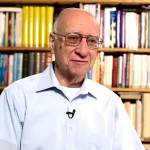






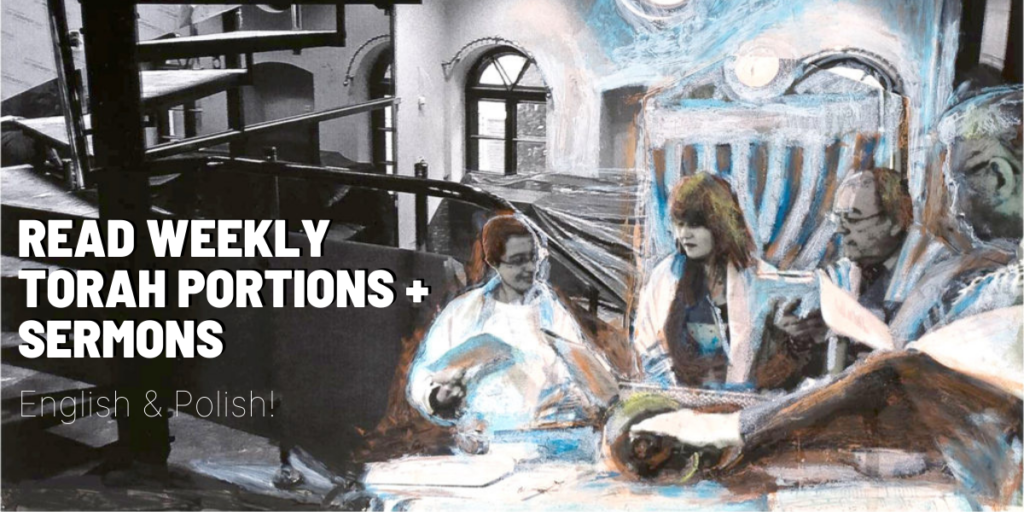


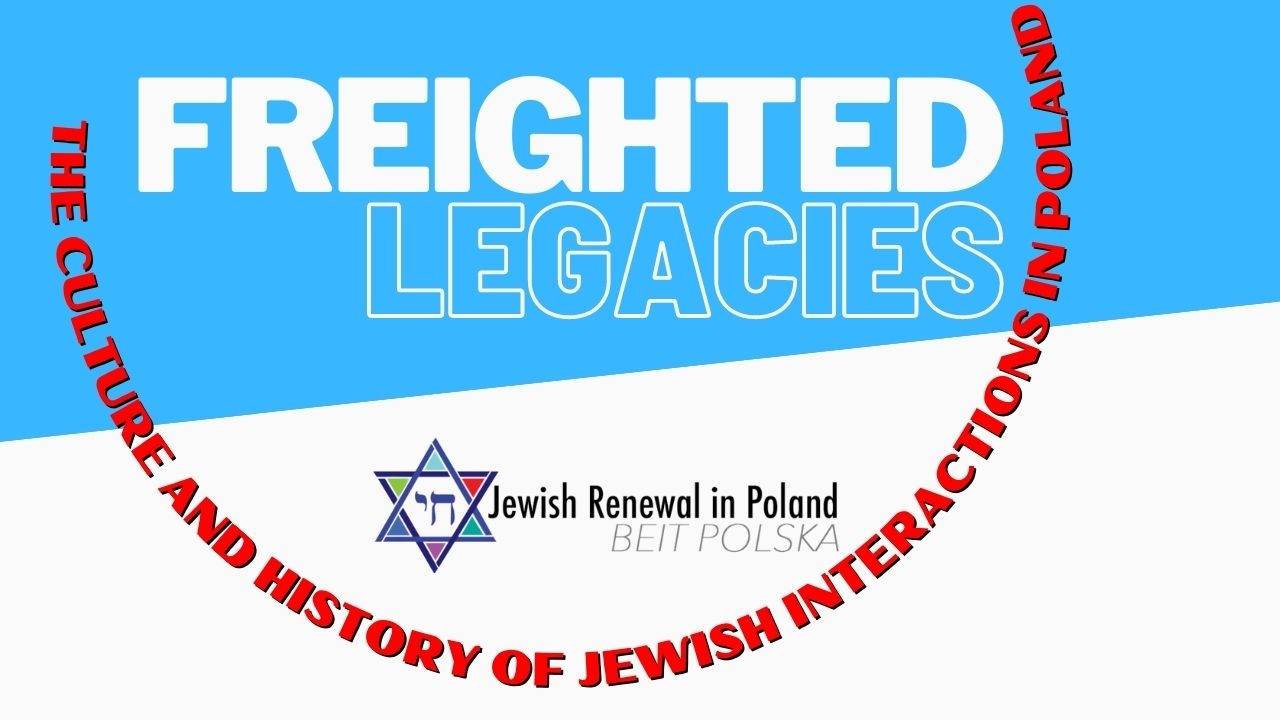
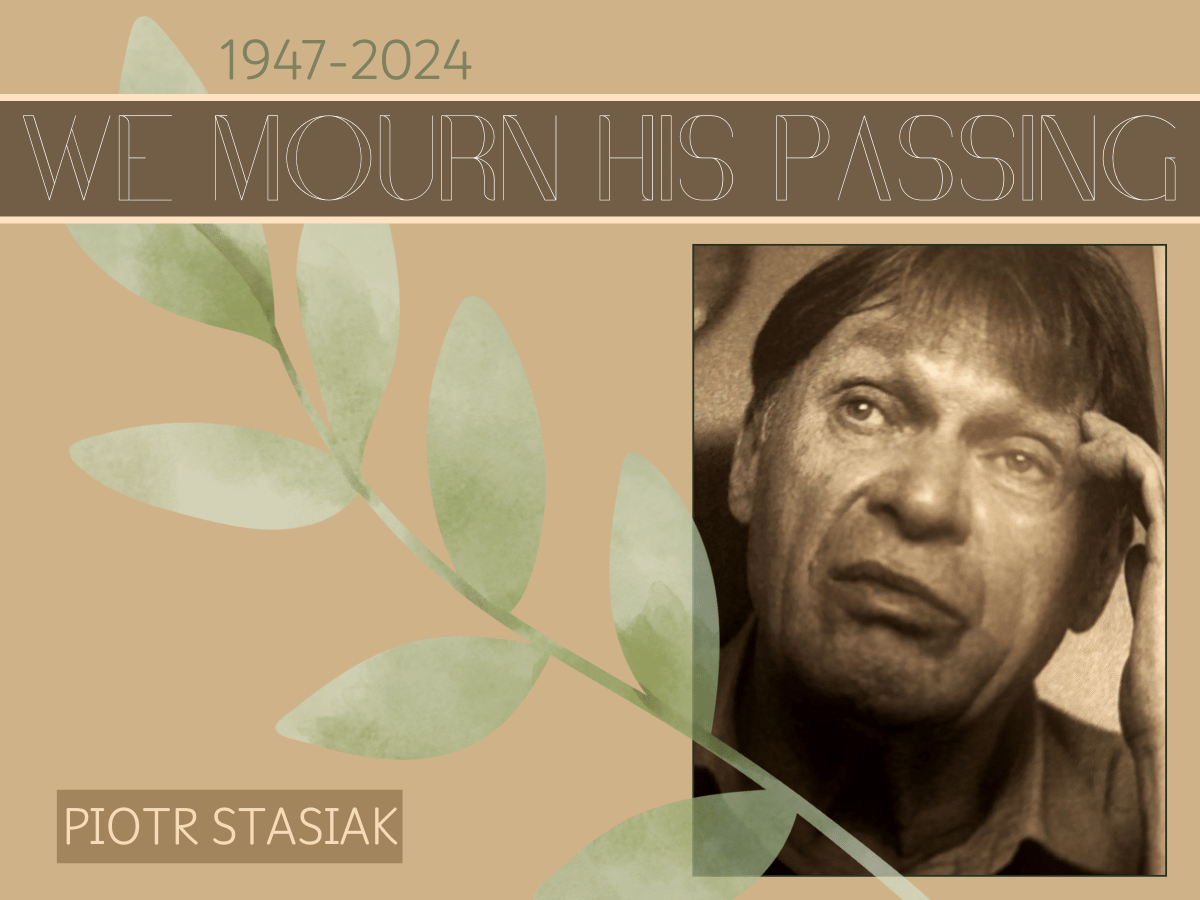

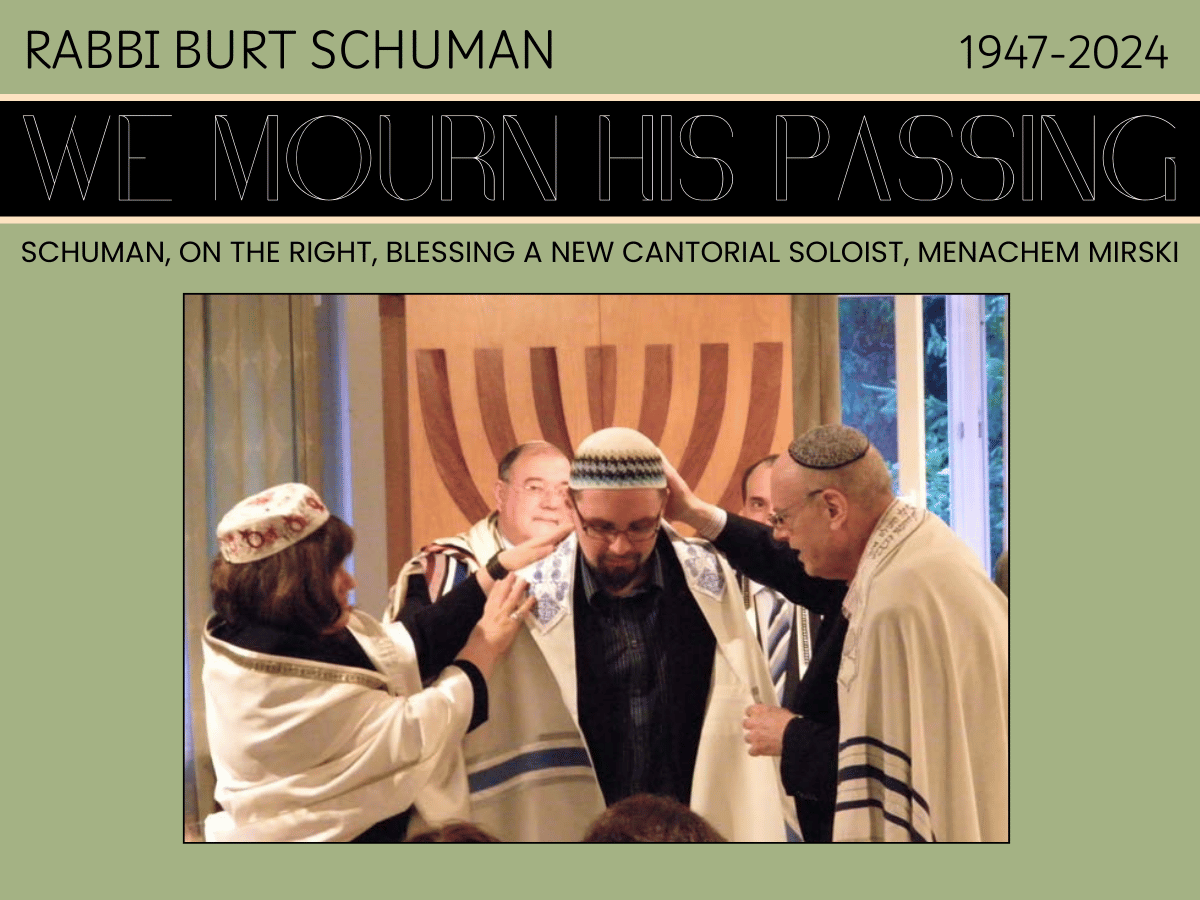




Leave a Reply